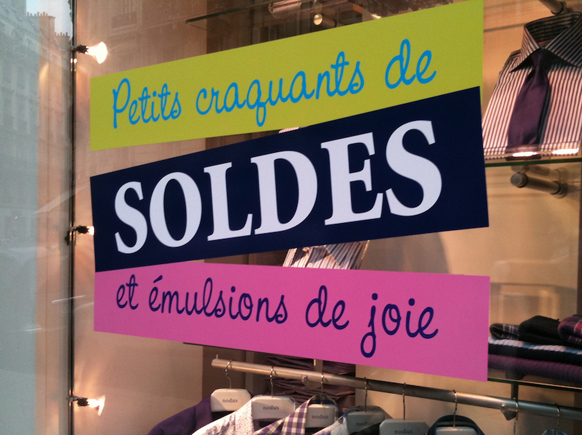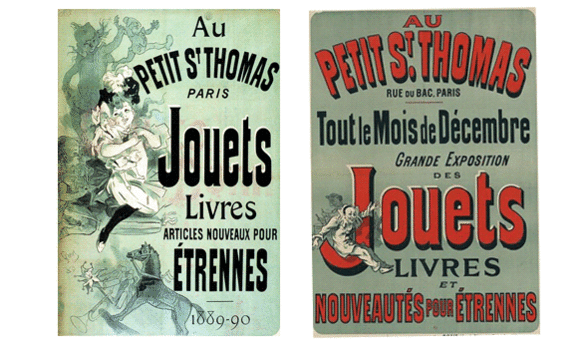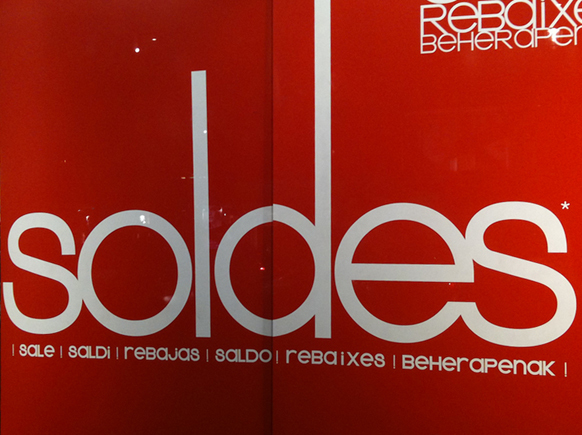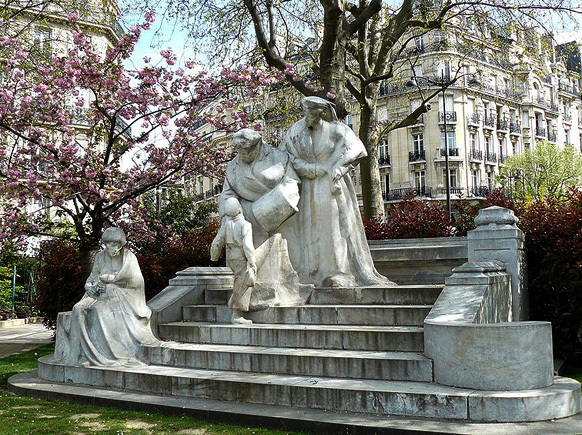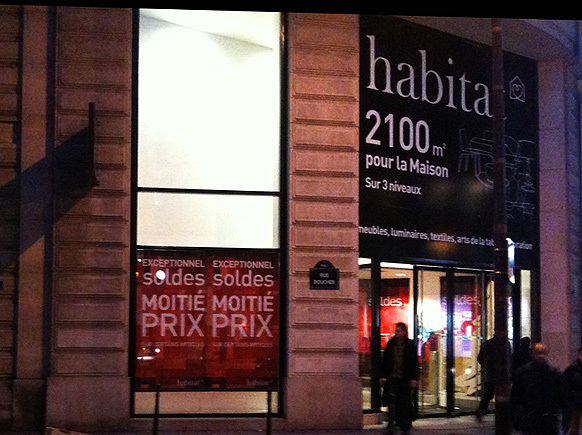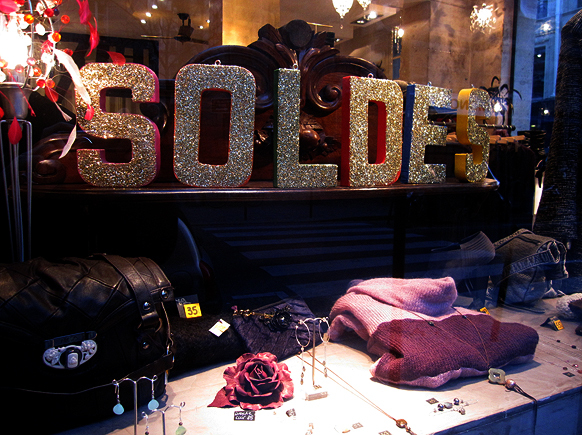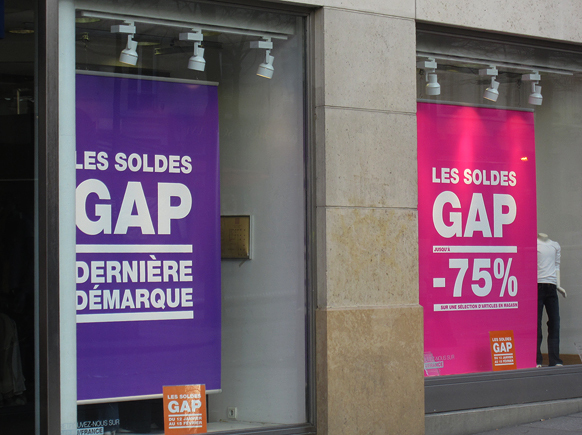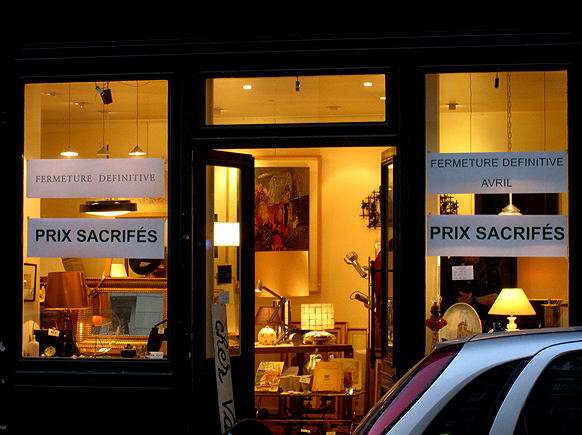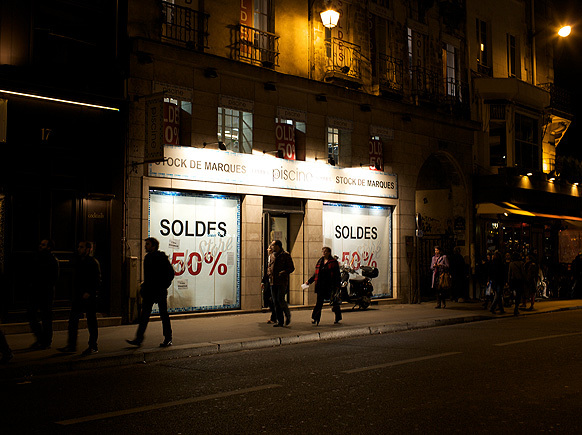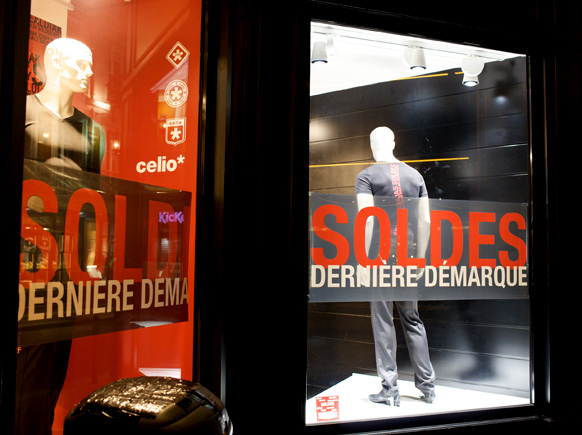Who sold the idea?
The Paris sales take place twice a year, for five weeks, in both July and January. Since 1906, their actual dates have been set by the government. As with la rentrée (the re-entry from summer vacation) or the baccalauréat exams in June, les soldes function as a moment of national re-examination.
The sales are from being considered an aberration. That place is reserved for London’s after-Christmas frenzy, always a feature on French television news. For one thing, les soldes are deeply ingrained in both civic history and literature. Beforehand, newspapers quote Thorstein Veblen’s thoughts on leisure, re-consider Pavlov’s dog and reveal unsuspected benefits. In 2010, Libération revealed that a Finnish study had proved the sales helped foster mother-daughter bonds, as well as encouraging youngsters to calculate percentages properly.
Historically, it all started with one Simon Mannoury. In 1830, he founded a dry goods and novelties store called Au Petit Saint-Thomas. It stood at the corner of rue de Bac and rue de l’Université, then not a terribly well-off neighbourhood. Mannoury’s tricks for attracting custom included the attachment of fixed price tags (instead of having to haggle with clerks), allowing his clientele to browse freely and offering regular discounts at the end of every season. It was an employee in his shawl department, Aristide Boucicaut, who created a larger stage for these strategies – at one of the city’s first grands magasins, Le Bon Marché.
A woman named Marguerite Guérin was a key player in this evolution. Her single, underage mother had died when the girl was just 13 yet Marguerite came to Paris determined to make her mark. Initially an assistant laundress, she went on to found and run a modest bouillon-traiteur. This became Bouicicat’s eatery, where he fell in love with her. By the time they married, Guérin had some money. Using that, plus her husband’s savings from years of work, they went into partnership with a neighbour, Paul Videau. Videau’s shop (Le Bon Marché) sold haberdashery and novelties at the corner of rue de Sèvres and rue du Bac. At the time, it had only twelve employees.
However, Boucicaut had spent eighteen years learning from Mannoury. Among the many innovations with which he – with Guérin’s encouragement – began were seasonal discount sales held every June and October, as well as seductive exhibits and promotions. These included le Blanc, a January markdown of linen, towels and napery; regular autumn reductions on Oriental carpets and toy sales that took place in advance of Christmas.
Profits soared but Videau was afraid Bouiccaut’s constant experiments might ruin the business. So in 1863, helped by a pastry cook who had made millions in America (Henri Maillard), les Boucicaut finally bought him out.
In 1869, with help from pioneers Louis-Charles Boileau and Gustave Eiffel, Boucicaut began to construct his dream emporium (it was completed only in 1887, six years after his death). After its founder’s demise, his widow Marguerite took over. Patroness of 1,788 employees, Marguerite continued her husband’s innovations, with a resulting turnover of more than 72 million francs. In addition to creating a ‘Provident Fund’ for her employees, at her death Madame Boucicaut left the Bon Marché in their hands.
As Zola famously depicts in Le Bonheur du Dames, the couple changed Parisian leisure (and fashion) forever. After 1865, they were followed by the store Le Printemps, from 1895 by Les Galeries Lafayette and, from 1904 by La Samaritaine and then Le Bazaar de l’Hotel de Ville). A law was soon required to discipline theses giants’ rabais (discounts). It would be revised only in 1991, 1997 and – to deal with internet shopping – again in 2008.
Today the key word is ”solde”, once the merchant’s slang for “remnant”. Cynical Parisians say les soldes are largely an occasion to ressortir les rossignols: or bring back out the unsaleable. Nevertheless, les soldes remain a national sport for the French, as well as an undeniable source of Parisian tourism. Both proletariat and press follow with feverish passion their five-week progress from the first hours to la deuxiéme and then la dernière demarque.



